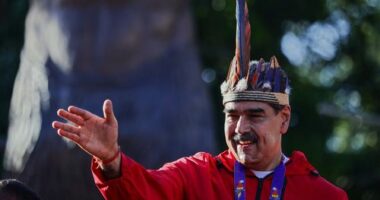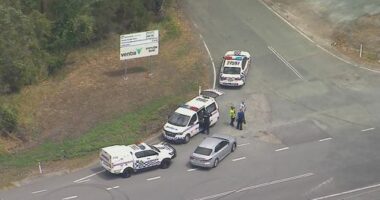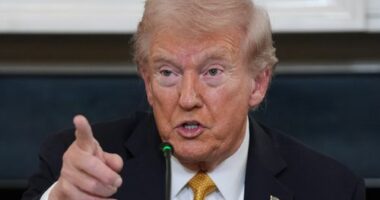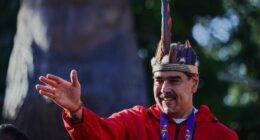Share this @internewscast.com
The role of Australia’s First Peoples in the collection and transportation of fossils has sparked intriguing discussions among researchers. Recently, scholars have suggested that these ancient communities may have been the continent’s first fossil enthusiasts, with evidence indicating they collected and moved fossils over considerable distances long before Europeans set foot on Australian soil.
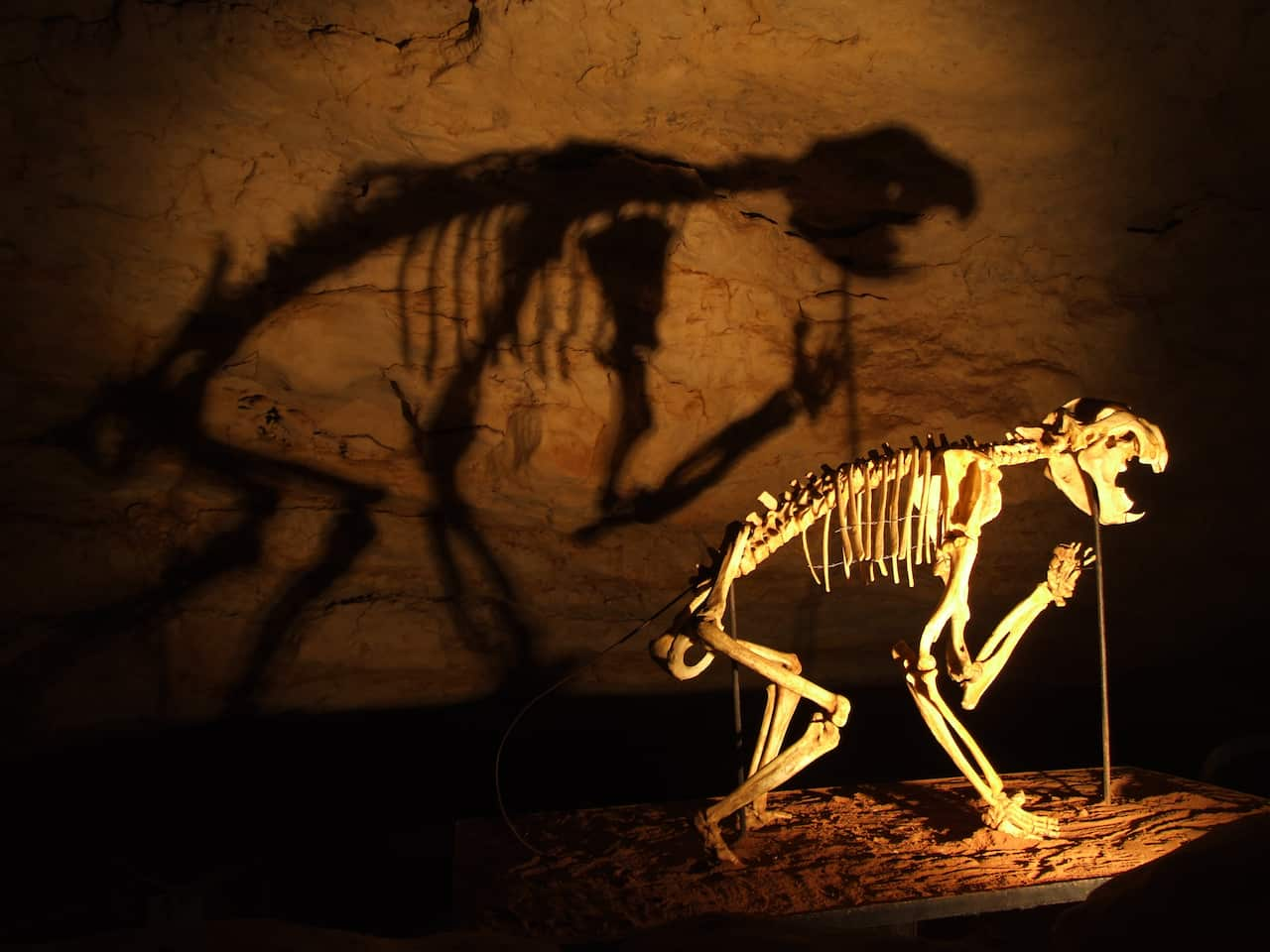
This captivating hypothesis is supported by compelling findings, including the analysis of a particular bone that has long been at the center of debate. Professor Mike Archer, a distinguished palaeontologist from the University of New South Wales, has been involved in examining this artifact. Previously, the bone was considered one of the scant pieces of evidence suggesting that humans might have played a role in the extinction of Australia’s megafauna through excessive hunting.
However, Professor Archer now acknowledges the limitations of past technological analyses and emphasizes the significance of recent discoveries. “If humans were truly responsible for the unsustainable hunting of Australia’s megafauna, we would expect to uncover far more evidence of hunting or butchering within the fossil record,” Archer explained. “Instead, the sole hard evidence we had was this one bone. Now, we have compelling proof that the cut marks found on it were not made while the animal was alive.”


